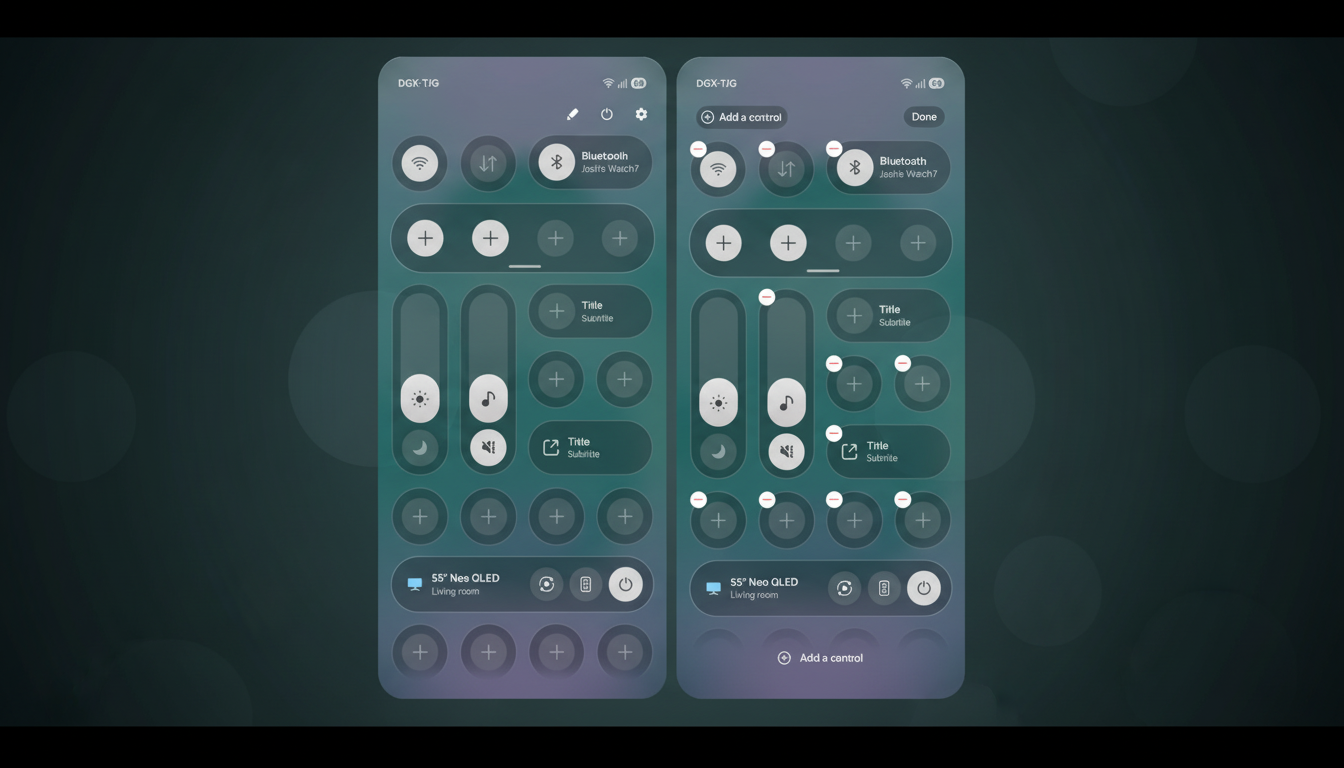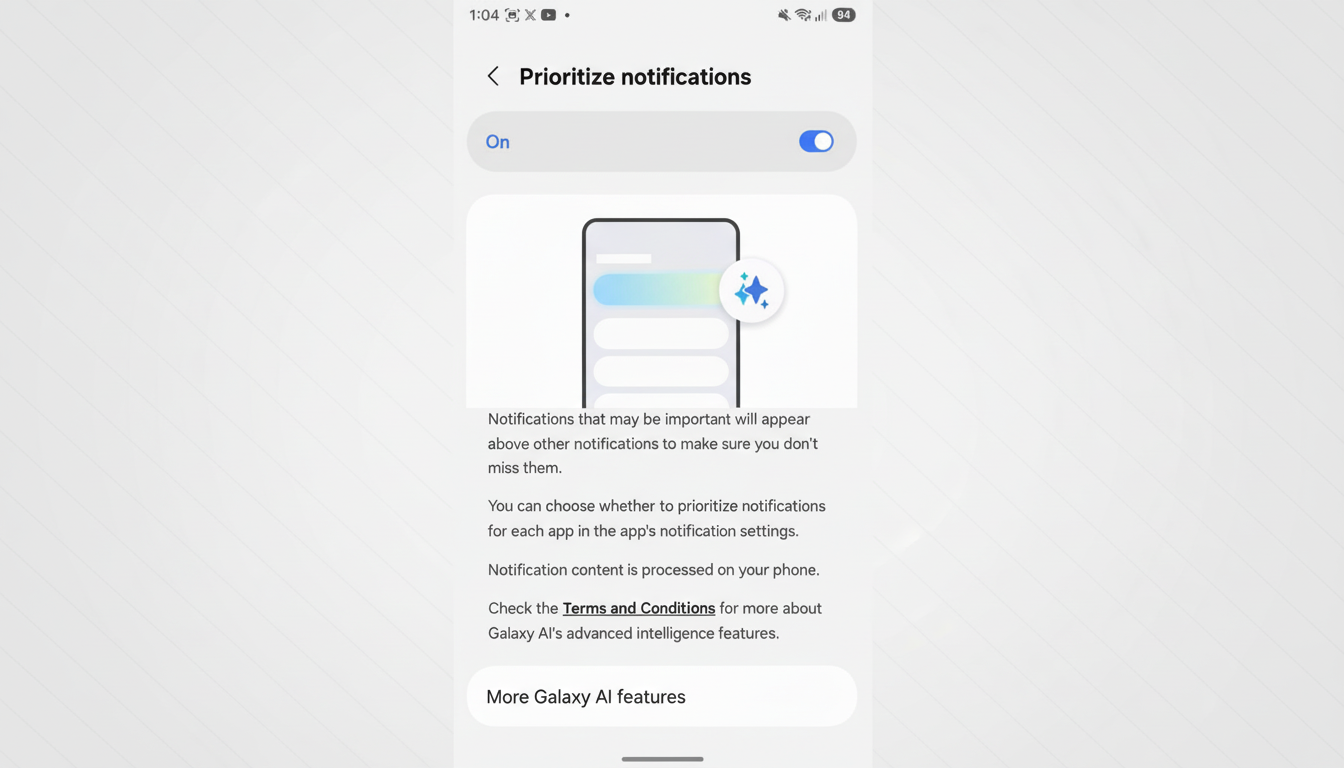If you were repeatedly checking Samsung Members to be among the first to see the next major Galaxy software preview, you could now be in for a wait. The holdup is believed to be related to internal changes in Samsung’s next line of phones, the Galaxy S26, that have also been reshaping the company’s software targets.
Samsung has not publicly acknowledged the delay, and last-minute plans can change. Even so, it’s a sign for Galaxy owners who are champing at the bit to give yet-to-be-released features a spin: The warm-up lap following One UI 8.5 isn’t commencing as early as some might have hoped.

What Reportedly Changed in the Galaxy S26 lineup
Among the scuttlebutt from reputable leakers is that Samsung has rearranged the Galaxy S26 deck. Prominently among those are the striking off of an Edge version, bringing the Plus model back, and a U-turn on plans to rebrand what would have been the main phone. None of this is official, but it jibes with the way hardware roadmaps are known to filter out into software release schedules. When lineups change, teams must retune firmware, recalibrate camera stacks, revalidate features across additional configurations — work that can nudge beta schedules later.
It’s not uncommon for big Android vendors to make this type of behind-the-curtain tweak. Aligning silicon with modem firmware and region-specific features (think RCS, VoLTE, and band support) requires rock-solid coordination. The software timeline typically shifts with any mid-cycle changes to a device portfolio.
Why a beta slip matters for your Galaxy update timeline
Beta programs accomplish more than just catering to early adopters. They’re the shakedown cruises that flush out the hardware-specific bugs, carrier idiosyncrasies, and localization problems. In the past, Samsung’s major betas have been a few weeks long in just a small fraction of debut markets (three or four, typically South Korea, the US, Germany, and sometimes India or the UK) before widening out. That later start will lead to a later stable release for everyone else, naturally.
Carrier certification adds another layer. Operators themselves can slap another 2–6 weeks onto an approved build, especially when network functionality such as 5G standalone, Wi‑Fi calling, and integration with emergency services need to be retested. If the beta does slip by a few weeks, trickle-down to carrier versions could extend that wait even more.

There is a lot at stake when you consider Samsung’s ambitious update commitments. With recent flagships, the company now provides more extensive software support passes, with long OS and security roadmaps that keep handsets up to date for lengthy periods; One UI 8.5 should see last year’s high-end models comfortably supported! That’s a good promise for long-term prospects — but it also means more models you have to validate when timelines start to slip.
What One UI 8.5 is expected to bring to Galaxy devices
Details are scarce, but the timing of recent Samsung launches gives us some hints. We can expect more on-device and hybrid AI capabilities, further integration of contextual assistants within the core apps, and improvements in the camera pipelines that focus on low-light performance and zoom stability. Such point releases often include optimizations for battery and thermal management, in addition to improvements for multitasking and DeX.
Previous mid-cycle releases have also served as bridges, ushering in features unveiled on foldables or the latest S-series model into older flagships and a certain subset of mid-rangers. If that pattern remains intact, One UI 8.5 might extend access to more recent AI tricks and creator tools than the very newest hardware offers — just not as quickly as some may have wanted.
Recent history offers a timing lens for Samsung betas
It is worth mentioning that Samsung usually conducts big betas for several weeks before beginning a gradual stable rollout and getting carrier approvals. Or to put it another way, a small delay at the front end can easily turn into a huge wait on the back end. Industry watchers peg Samsung as being one of the fastest non-Google Android brands to deploy broad OS rollouts, but even leaders are subject to knock-on effects when hardware plans shift midstream.
How to prepare your Galaxy for a delayed beta rollout
- Watch for the beta banner in the Samsung Members app if you’re interested, and be on official firmware with plenty of available storage space for test builds.
- Back up often — beta software can and will break things.
- Unlocked versions tend to get builds earlier than carrier-branded ones if early access is important.
- And if you depend on your phone for a living or far-flung expeditions, avoid sideloading unvetted packages; the momentary excitement isn’t worth the price of installing that newfangled paperweight.
For now, the most probable outcome is a phased launch with broader availability only after the dust from the changing device roadmap settles. The update is on its way; the runway to get there just seems a little longer.

